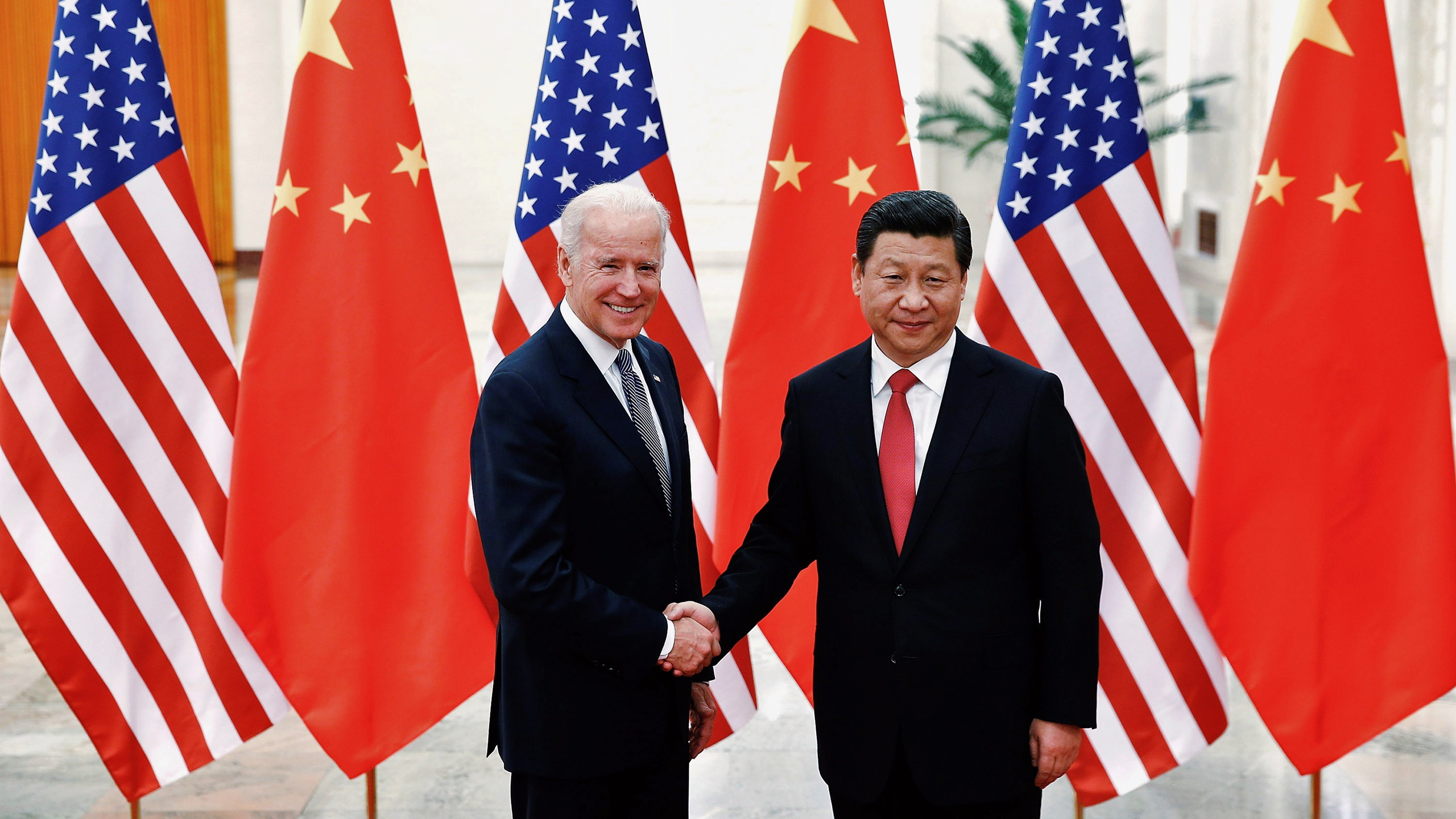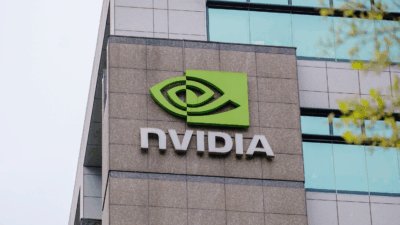The Next Big US-China Trade War is Over AI Talent
The US is trying to box China out of AI development. The problem is the Asian nation is also the source of invaluable AI talent.
Sign up for smart news, insights, and analysis on the biggest financial stories of the day.
The thing about trade wars is they really stop you from trading…
Reports have piled up about how Big Tech companies have turned on their money hoses to poach top AI talent from each other. They’ve also turned on the charm — both OpenAI’s Sam Altman and Meta CEO Mark Zuckerberg have reportedly been personally involved in courting candidates and offering lavish salaries. But a larger and more intractable talent war is brewing between the US and China.
U-S-A-I
China has had a habit of overtaking the US in technology, like EV adoption or 5G rollout. But when it comes to the hype-beast of generative AI, the US holds the reins. That’s partly because of how the tech industry is set up — Big Tech companies are developing AI in-house, but they’re also forging partnerships with startups like OpenAI, Anthropic, and France-based Mistral AI, because the cloud and computing infrastructure needed to run AI models is dominated by Microsoft, Amazon, and to a lesser extent, Google.
Meanwhile, the US wants to box China out of AI development, arguing that it might use it for military or otherwise nefarious purposes. Its ever-escalating chip trade war is aimed at depriving China of physical infrastructure, and the US is reportedly considering banning exports of AI models (although that seems a little nonsensical). The US is even fighting by proxy: The New York Times reported in November that US officials were feverishly dissuading Dubai-based G42 to cut its AI links to Chinese businesses.
The problem is that China is also the source of invaluable AI talent:
- Think tank Marco Polo compiled a database that found China’s output of top AI researchers is booming. In 2019, Chinese researchers accounted for 29% of the world’s top AI researchers; by 2022, that figure was up to 49%.
- In US institutions, top AI researchers from China outnumbered home-grown ones in 2022, accounting for 38% of researchers compared to the US’ 37%.
Marco Polo also found that the US’ ability to attract top researchers, particularly from China and India, is waning. The share of top-tier AI researchers working outside their home countries fell by 13 percentage points from 2019 to 2022, meaning the mobility of top-tier talent is waning.
No Manchurian Job Candidates: China’s talent pool puts the US in a paradox, Keegan McBride, an adjunct senior fellow at the Center for a New American Security and a lecturer at the Oxford Internet Institute, told The Daily Upside. “If you look at the most impactful AI research, a lot of it is coming out of China,” he said, “so the US has a lot of interest in attracting Chinese scientists, but then this leads to other sorts of national security concerns.” McBride believes this tension will provoke more conflict at many societal levels as AI expands. “I don’t think people fully grasp how all-encompassing this actually is,” he said. At least one company seems to be getting ahead of the wave: Microsoft has reportedly offered 700 to 800 employees in China the chance to relocate to the US.












